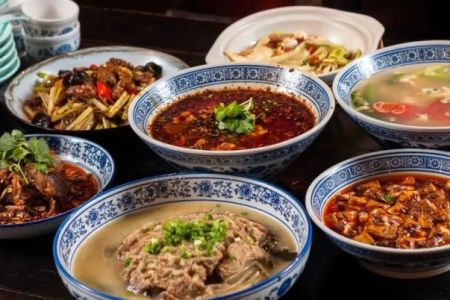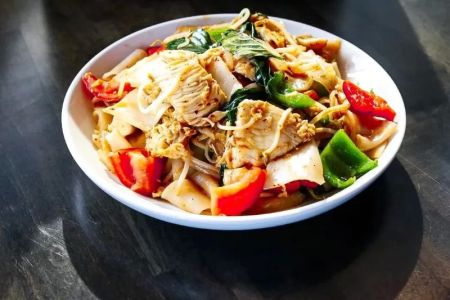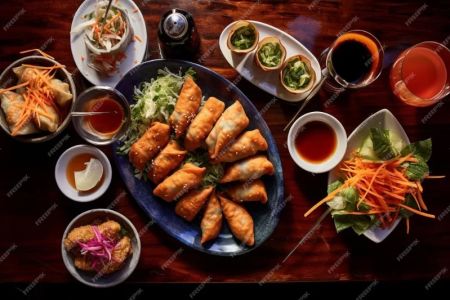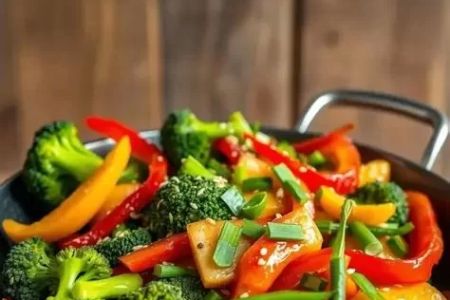- cultural-significance-of-sesame-oil-in-chinese-kitchens
- how-sesame-oil-enhances-flavor-in-dishes
- proper-ways-to-use-sesame-oil-in-cooking
- case-studies-and-chef-secrets-using-sesame-oil
- shop-authentic-sesame-oil-from-chinese-food
1. Cultural Significance of Sesame Oil in Chinese Kitchens
1.1 The Essence of Aromatic Tradition
When you walk into a Chinese home during dinner time, one of the first things to greet you is the rich, nutty aroma of sesame oil. More than just a condiment, sesame oil in Chinese cooking is a cultural signature—often the finishing touch that connects the dish to tradition.
1.2 Historical Roots of the Ingredient
Sesame oil has been used in Chinese culinary practices for centuries. Originally prized for its long shelf life and bold flavor, it quickly gained status as both a flavor enhancer and a health-promoting oil. Ancient texts describe its use not only in food, but also in medicinal and ritual contexts.
1.3 Regional Variations Across China
While it’s prevalent across the nation, sesame oil takes on unique roles in different regions. In Sichuan cuisine, it balances the heat of chili peppers. In Cantonese cuisine, it’s used more delicately, often drizzled on steamed fish or greens to preserve freshness while adding depth.
2. How Sesame Oil Enhances Flavor in Dishes
2.1 Why Aroma Matters in Chinese Dishes
Unlike many Western oils, sesame oil is rarely used as a cooking base. Its real power lies in its ability to bring out the full aroma of a dish when added at the end. This is why many describe it as the “perfume” of Chinese cooking—it finishes a dish, not dominates it.
2.2 Perfect Pairings: What Goes Well with Sesame Oil
Sesame oil works beautifully with garlic, scallions, and ginger—the holy trinity of Chinese aromatics. It's commonly added to noodle dishes, stir-fried vegetables, and cold appetizers like cucumber salad. The oil’s rich roasted tone elevates simple ingredients into something unforgettable.
2.3 Sesame Oil in Vegetarian and Vegan Chinese Cuisine
For plant-based eaters, sesame oil brings umami that might otherwise be missing in the absence of meat or oyster sauce. A drizzle over stir-fried tofu or sautéed mushrooms instantly boosts flavor complexity without overpowering the dish.
3. Proper Ways to Use Sesame Oil in Cooking
3.1 Avoid High Heat
One of the most common mistakes with sesame oil is using it as a stir-fry oil. Due to its low smoke point, high heat destroys its nuanced flavors. It should be used at the end of cooking or added to sauces and marinades.
3.2 Finishing Dishes with Style
The best chefs use sesame oil like a composer adds the final note to a symphony. Whether it’s a splash on hot soup, a teaspoon stirred into a dipping sauce, or a few drops over dumplings—it’s a moment of transformation. That’s the art of the finishing touches with sesame oil.
3.3 How Much Is Too Much?
Because of its intensity, sesame oil is used sparingly—usually just half a teaspoon per serving. The goal is to enhance, not mask. A good rule is: if you smell it, you’ve used enough.
4. Case Studies and Chef Secrets Using Sesame Oil
4.1 A Street Chef from Shanghai
Mr. Liu, who runs a famous noodle cart in Shanghai, swears by a specific brand of toasted sesame oil sourced from Hubei. “I don’t add it while cooking. I wait until the noodles are in the bowl. That way, the steam activates the aroma. People can smell it from the corner.”
4.2 Viral Recipe: Cold Sesame Noodles
In 2023, a cold sesame noodle recipe went viral on Chinese social media. What made it different? The sesame oil was warmed gently before mixing with soy sauce, vinegar, and chili oil—creating an emulsion that clung to each noodle. Fans said it brought “restaurant flavor” home.
4.3 Grandma’s Dumpling Sauce Secret
A food blogger once revealed his grandmother’s trick for unforgettable dumpling dipping sauce: two drops of sesame oil added at the very end. "She’d always say, ‘That’s what makes it Chinese, not just vinegar and soy sauce,’” he shared.
5. Shop Authentic Sesame Oil from Chinese Food
The key to harnessing the full power of sesame oil in Chinese cooking lies in quality. Cold-pressed, dark roasted, and preservative-free oils make all the difference. At Chinese Food, you’ll find curated selections trusted by home cooks and professionals alike. Whether you're experimenting with dumplings or perfecting your stir-fried greens, authentic ingredients matter.
Bring home the aroma, heritage, and depth of Chinese cuisine—one drizzle of sesame oil at a time.







